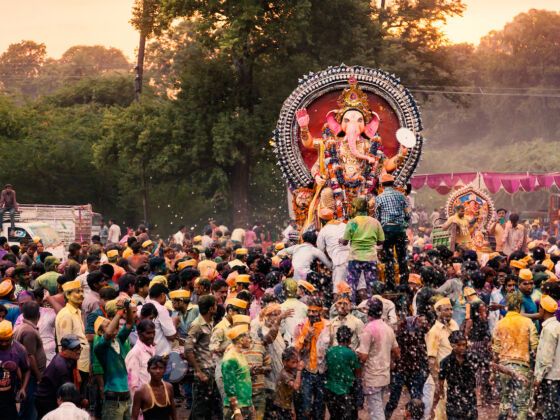India is a popular summer destination for European vacationers, monsoon lovers, and travelers who prefer to go against the grain. There are lots of good reasons for visiting India in the summer: the profusion of festivals, Himalayan destinations inaccessible in winter, empty tourist attractions, cheaper airfares, and slashed accommodation rates, to name a few.
If this sounds like your cup of tea, here are 11 activities to keep you busy in the summer:
